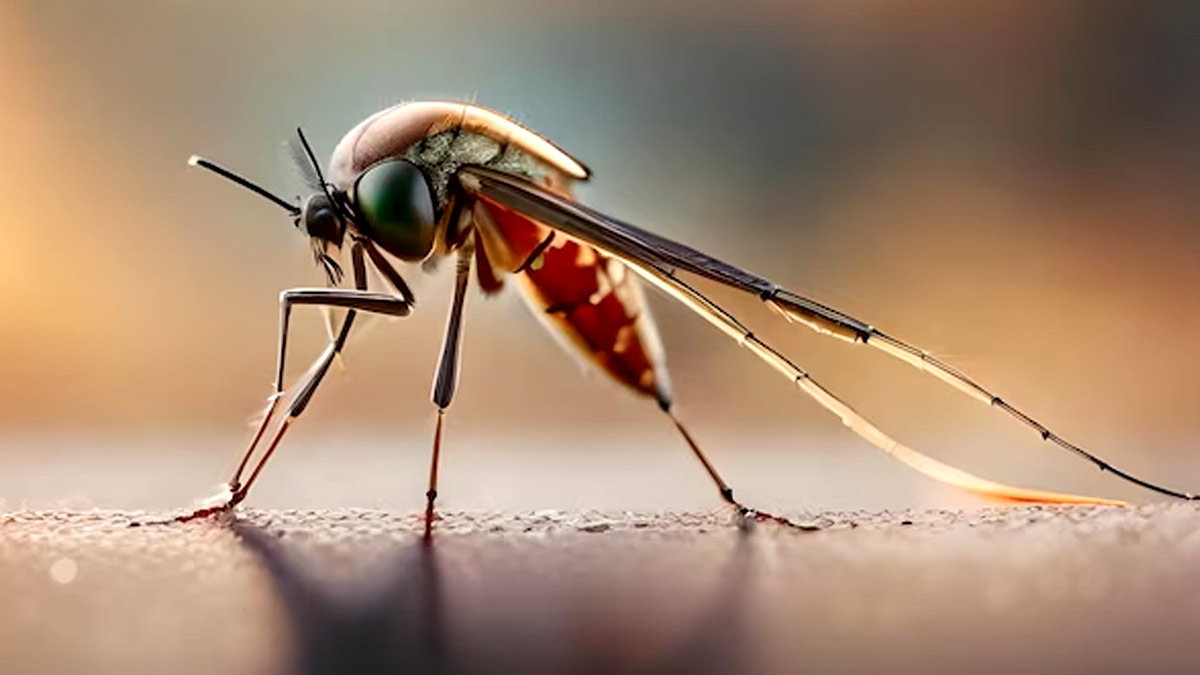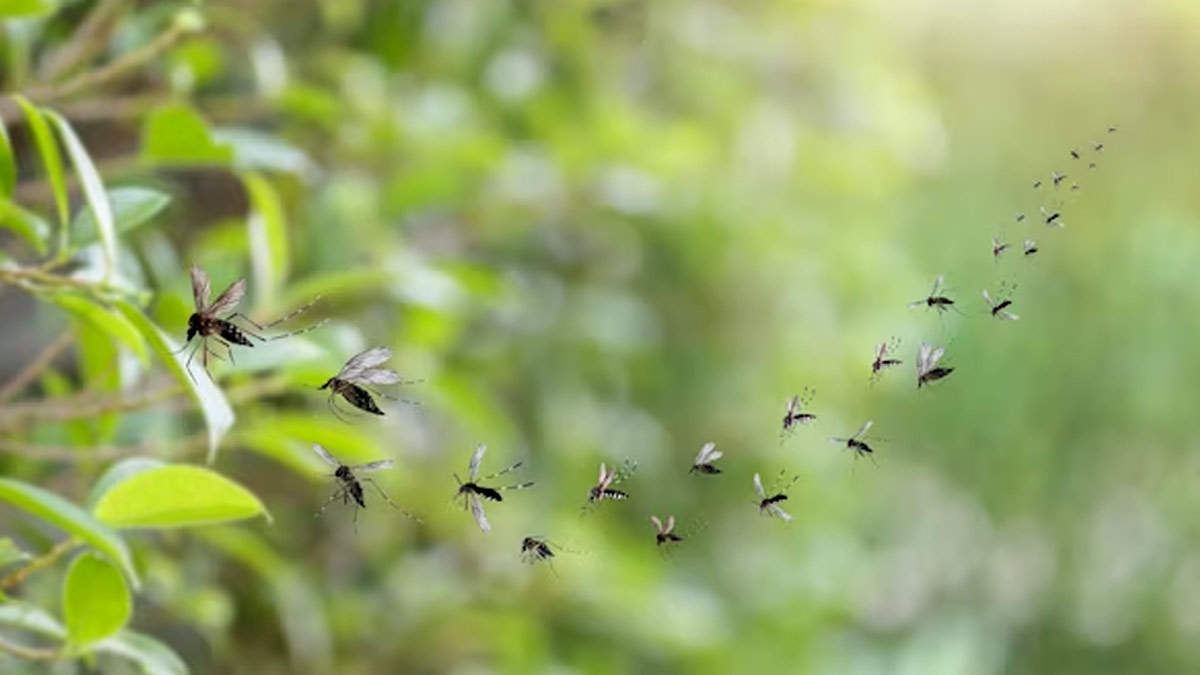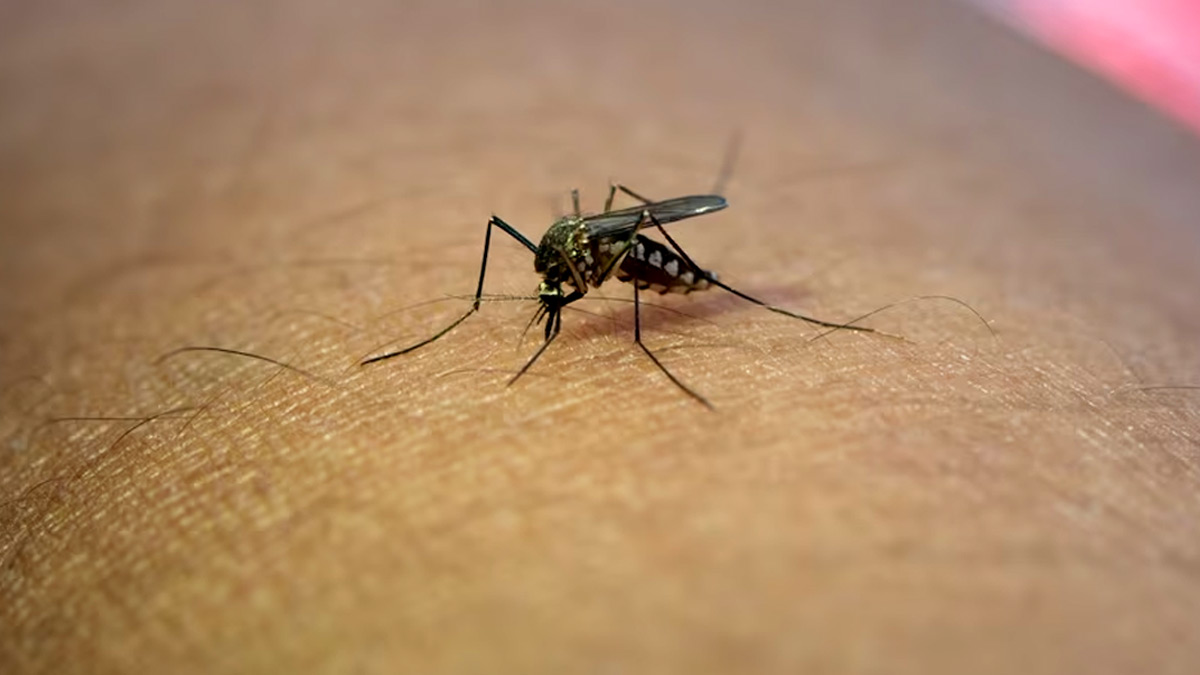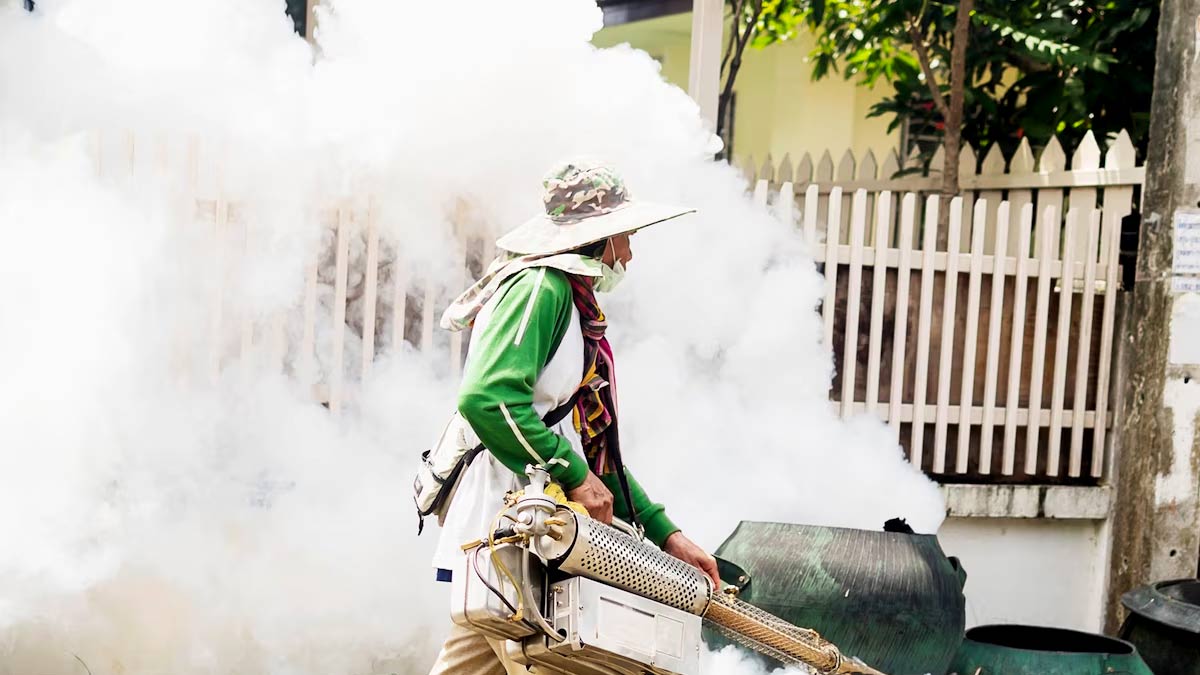

A recent report suggested that dengue cases have touched sky high with nearly 190 cases reported in Delhi this year from January 1 to July 22. According to the Municipal Corporation of Delhi (MCD) data, this is the highest since 2018 when 49 dengue cases were reported in the same period, as reported by a renowned media house.
Dengue is a viral infection transmitted by mosquitoes, primarily the Aedes species, which causes flu-like symptoms, including high fever, severe headache, joint and muscle pain, skin rash, and in severe cases. While dengue transmission can occur year-round, there are specific time periods when it is most prevalent. In an interaction with the OnlyMyHealth team, Dr Manoj Vithlani, MBBS, MD (Internal Medicine), Senior Consultant Physician and Diabetologist, HCG Hospitals, Ahmedabad, shares when dengue is most common in India and why.
Also Read: National Dengue Day 2022: Can Dengue Happen Twice? Know From Expert
Prevalence Of Dengue Worldwide And In India

About half of the world’s population is now at risk of dengue with an estimated 10–40 crore infections occurring each year, says the World Health Organization (WHO), adding that it is most commonly found in tropical and sub-tropical climates worldwide.
According to the International Journal of Infectious Diseases (IJID), an estimated 3.3 crore clinically apparent dengue cases occur in India each year, contributing to a third of the total global dengue burden.
What Time Is it Most Prevalent In India?

“Dengue is most prevalent in India during the monsoon season. This includes the period from June to September,” says Dr Vithlani, explaining that this is due to the favourable conditions for the breeding of Aedes mosquitoes.
Highlighting how the season’s rainfall creates stagnant water sources where Aedes mosquitoes lay eggs and multiply rapidly, she shares that the warm climate supports the faster maturation of the dengue virus within these mosquitoes, resulting in the transmission to humans through bites.
In other countries, such as the United States of America, local cases and limited spread of dengue do occur periodically in some states with hot, humid climates, says the US Centers for Disease Control and Prevention (CDC), adding that approximately 50 crore people are at risk of dengue in America.
Factors That Influence The Prevalence Of Dengue

As per Dr Vithlani, prevalence of dengue is influenced by various factors. These include:
- The presence of Aedes mosquitoes, which are responsible for transmitting the virus
- Weather conditions, such as warm temperatures and high humidity
- Rapid urbanisation and population density
- Travel and migration
- Poor sanitation and limited access to healthcare facilities
Safety Measures
Dr Vithlani shares that it is very crucial to take suitable preventive measures to combat dengue.
“Firstly, maintaining a clean and hygienic environment is essential as it helps in reducing mosquito breeding sites. Regularly emptying and covering containers that are used in storing water can prevent mosquitoes from laying eggs. Additionally, it is suggested to wear protective clothing such as long-sleeved shirts and pants. Also, using mosquito repellents can help avoid mosquito bites,” she recommends, concluding that early detection and reporting of dengue can aid in timely medical intervention and prevent further spread of the virus.
اكتشاف المزيد من ينبوع المعرفة
اشترك للحصول على أحدث التدوينات المرسلة إلى بريدك الإلكتروني.
